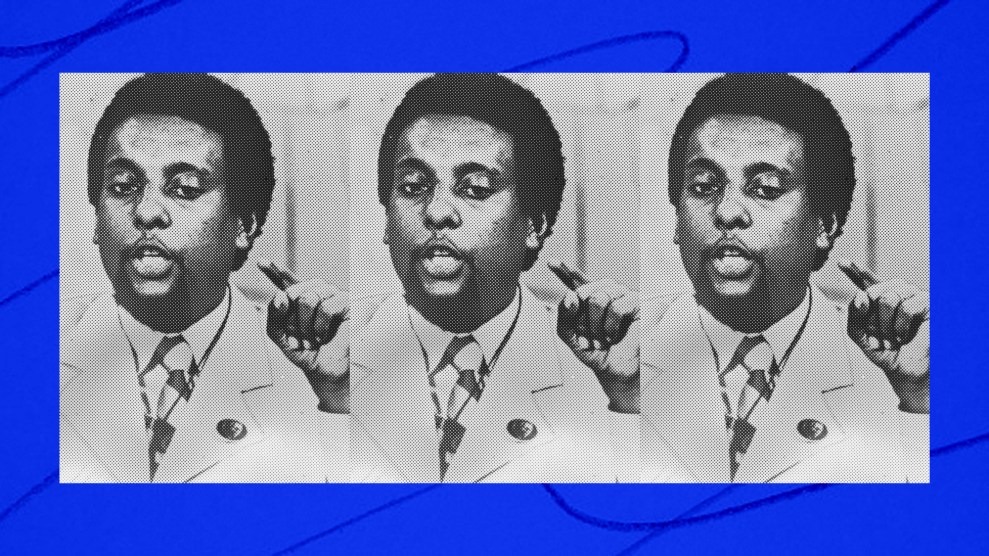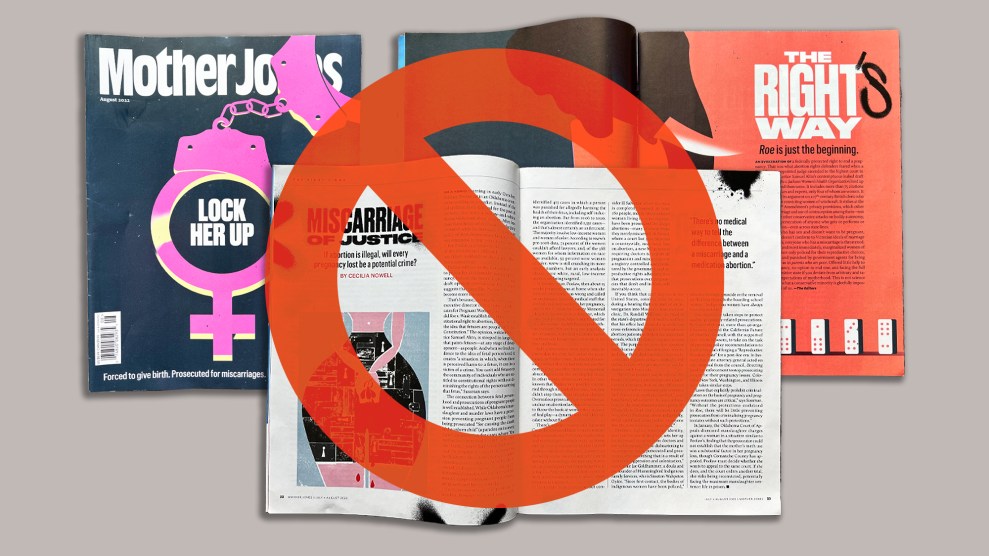Fox’s The Masked Singer is the greatest, most deranged acid trip of a show on television the past few years. An adaptation of a South Korean series, it premiered in January 2019 and is perfect for the surreal times of the Trump era. A panel of awful judges (Jenny McCarthy and Robin Thicke? Really?) try to guess the identity of usually c- or d-list celebrities in elaborate, dystopian outfits so ornate that the show dethroned RuPaul’s Drag Race this year to win the Emmy for reality TV costumes. The first season featured Terry Bradshaw in a serial killer-esque deer costume, and Joey Fatone went method in a creepy Donnie Darko-styled rabbit costume. The finale ended with T-Pain winning the contest by showing he had an amazing voice and didn’t need auto-tune (though an adorable monster costume helped). Then, in season 2, Wayne Brady’s performance as steampunk fox was a thing of true beauty.
So I was excited when I saw it was among the early batch of TV shows beginning to come back after COVID shut down Hollywood production. And it seemed like a natural for the social distance era, since they’ve made great hay about the elaborate security lengths taken to keep the identities of the contestants secret. And when host Nick Cannon came onstage for the first episode that aired in late September, he opened with a knowing joke. “Finally we have something fun involving masks,” he said as a CGI T-Rex roared behind him.
But then the show started…and there was a full studio audience of unmasked people dancing along to the music and cheering wildly. What the hell? It looked like the most COVID-unsafe setting imaginable. After some frantic googling, I realized it was all a ruse, with past footage and sleight-of-hand digital editing superimposing past crowd footage onto a mostly empty set. But this is hardly obvious. Unless you did online research, you’d only know it by reading the small-font, fast-scrolling credits which state, “Due to health restrictions, visuals of audience featured in this episode included virtual shots as well as shots from past seasons.” (I only was able to read the full thing by pausing Hulu.)
“It feels that through virtual reality and composite and reaction shots, we managed to create the feeling that there were people in the room,” a Fox exec told Deadline.
But this is horribly, horribly irresponsible. Yes, TV shows can serve as a brief respite from the panic and overwhelming dread of our current moment. But we’re still living amidst a dangerous pandemic, currently entering its third peak, that has killed over 230,000 Americans at the time of this writing. Fatigue at restrictions has set in, and too much of the country is trying to act as if things are back to normal. TV doesn’t need to foster that.
What’s especially frustrating is that in all other matters, the show is exceeeeedingly contrived in a knowing way. Last season, Lil Wayne was the first contestant sent home, while somehow Rob Gronkowski’s rapping propelled him on for several more episodes. During the current run, Busta Rhymes was likewise the first ejected even though the Dragon slayed a cover of LL Cool J’s “Mama Said Knock You Out.” Clearly it’s a show rigged to allow the famous celebrities to come on for just one episode, even if they’re more talented than their peers, and the show does little to hide this phenomenon. (In the second episode this year, Mickey Rourke didn’t even want to play along with the ruse and immediately demasked himself after his performance.) The amount of winking at the camera is part of its charm. The show could have easily come up with some trick to keep the silly magic (a CGIed audience of judge Ken Jeong filling the stands?) without alienating viewers.
Instead, Fox hopes it can trick viewers and pretend life is just fine. It only makes me dread what Jenny McCarthy might say if there’s a vaccine available by the time they film the next season.—Patrick Caldwell







